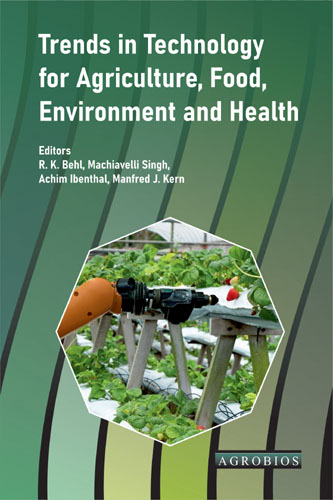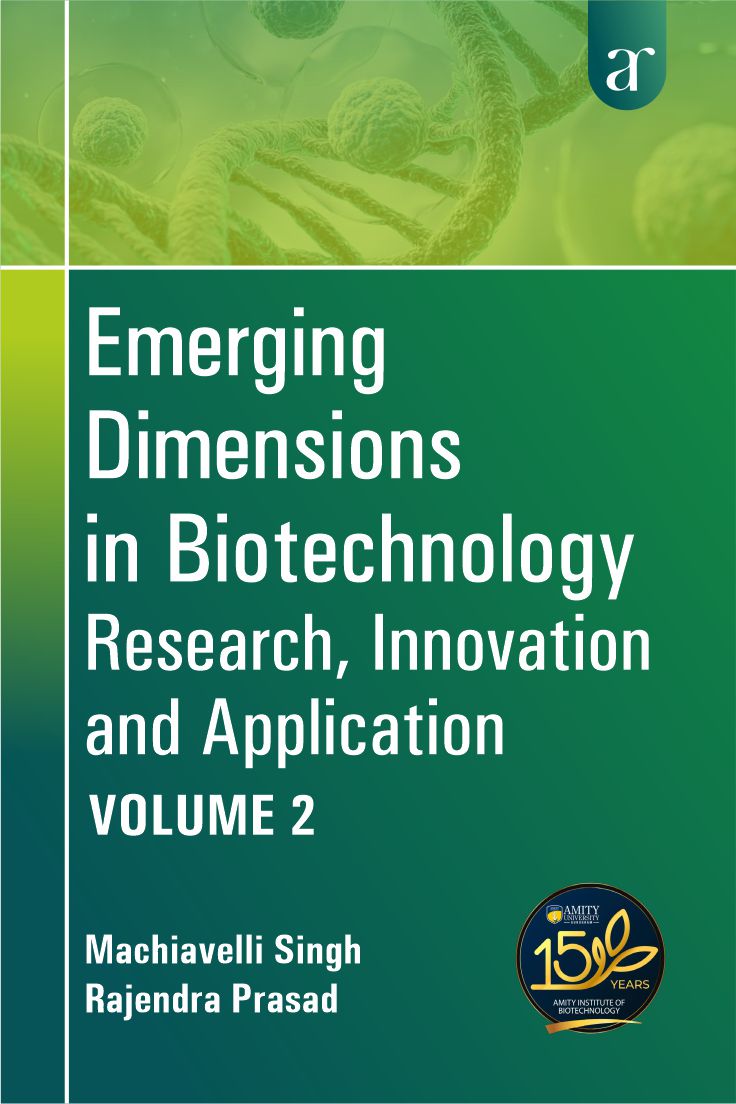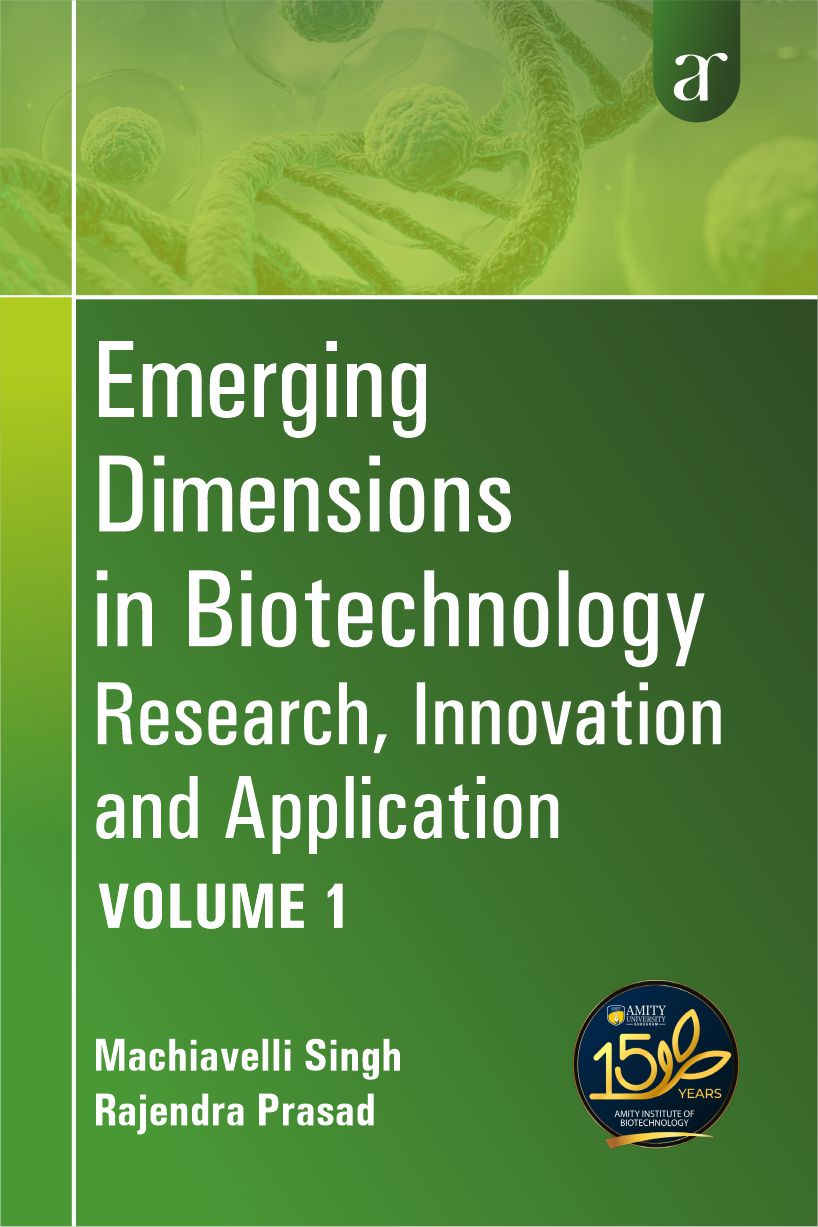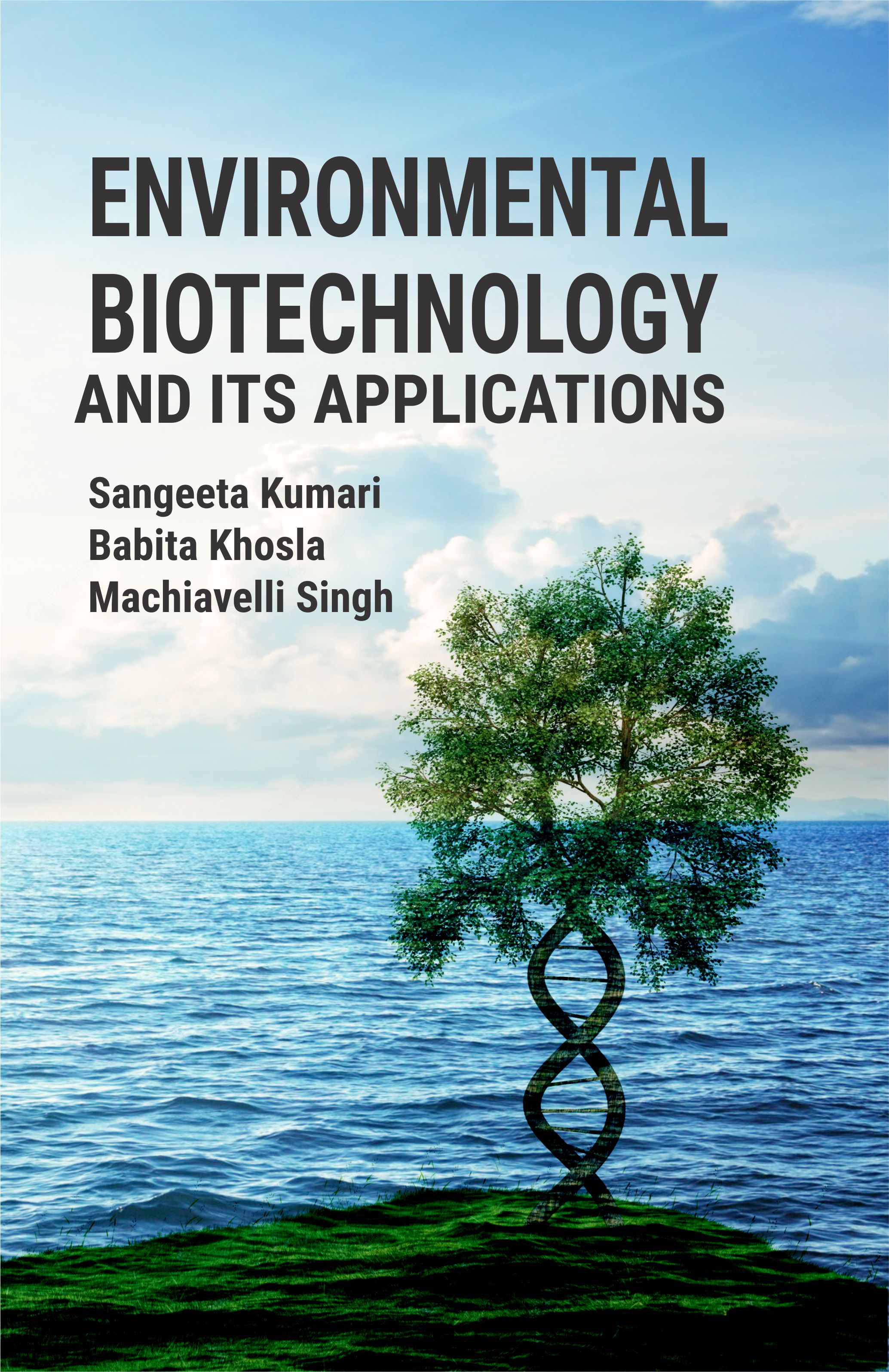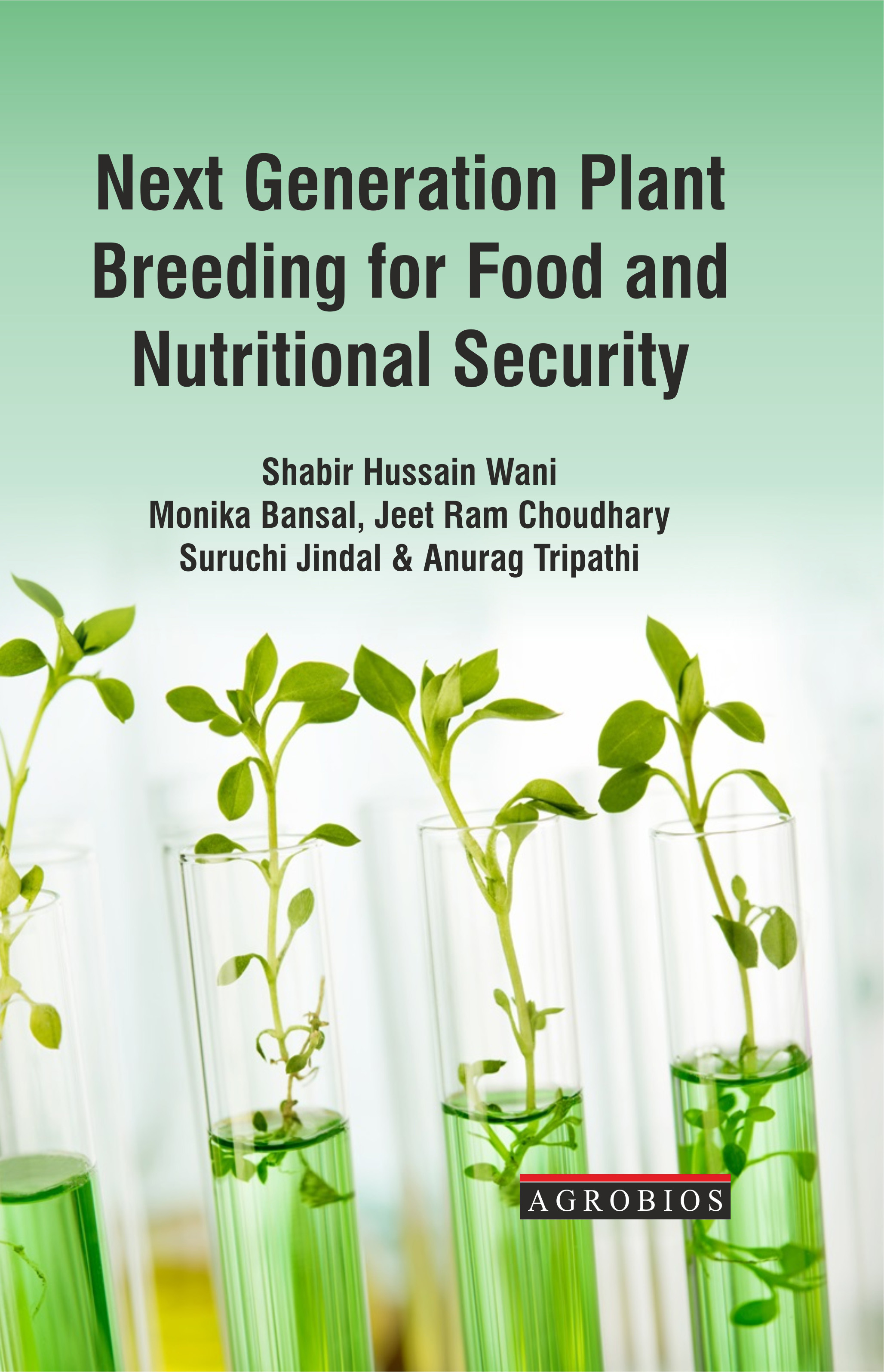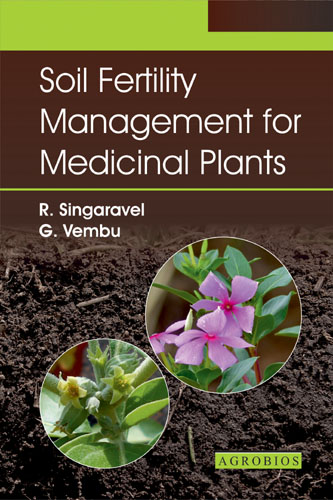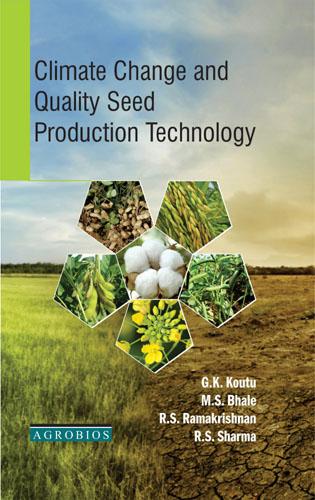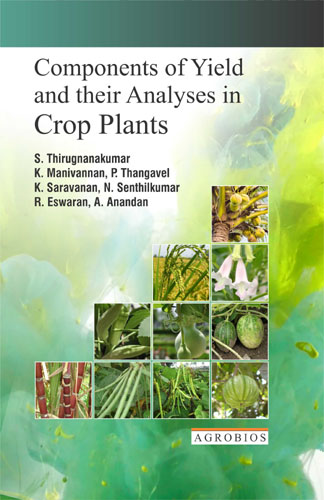Biosensing To Biomanipulation: Microbes, Molecules And Gene Editing
Ebook
ISBN: ABI-408
Chapter: Chapter 15
Chapter No.: 15Contributors:
Phytoremediation of Polluted Water Using Aquatic Macrophytes: A Sustainable Approach
Priyanka, Babita Khosla*
Department of Environmental Sciences, Maharshi Dayanand University, Rohtak 124001, Haryana, India.
*Corresponding author email: babitakhosla@gmail.com
Abstract
The global human population is increasing rapidly, leading to increased demand for necessities of life. The emerging technologies and industrial processes have been developed to sustain the rising population. Apart from the benefits, industrialization, and urbanization poses some negative consequences as degradation of the environmental quality viz. air, water, soil. A large amount of clean water is used and wastewater produced is discharged into natural water resources without suitable treatment. This pollutes the water resources and limits the availability of clean water, regarded as a basic necessity for human life.
Wastewater is the major cause of groundwater as well as surface water pollution as it consists of many pollutants inorganic (heavy metals, radionuclides, ammonical nitrogen, phosphate, and heavy metals) and organic (industrial additives and by-products, fertilizers, pesticides, medicines, hormones, personal care products, and water treatment by-products). To minimize the pollution of water resources and reuse the wastewater, appropriate methods should be used to treat the wastewater before release or discharge. The predominant methods being used for the purification of the wastewater are neither cheap nor they are effective. Thus there is a need for an cost-efficient, suitable, eco-friendly, sustainable method having a high potential for wastewater treatment and one such process is phytoremediation. It involves the application of aquatic macrophytes for the treatment of wastewater. Various aquatic plant species called macrophytes as Ipomoea aquatica, Eichhornia crassipes, Pistia stratiotes, Salvinia minima, Typha latifolia, Typha domingensis, Water hyacianth, Spirodela intermedia, Lemna minor, etc. are widely utilized in the process. These aquatic plants use different strategic approaches for this purpose. They possess the ability to remove and absorb excess contaminants available in wastewater. Wastewater remediation through constructed wetlands has been brilliantly accomplished over the world and constructed wetlands systems are employed for treating the wastewater.
Keywords: Phytoremediation, sustainable, pollutants, macrophytes, constructed wetlands.
List of All Chapters
1 - Chapter 1...
2 - Chapter 2...
3 - Chapter 3...
4 - Chapter 4...
5 - Chapter 5...
6 - Chapter 6...
7 - Chapter 7...
8 - Chapter 8...
9 - Chapter 9...
10 - Chapter 10...
11 - Chapter 11...
12 - Chapter 12...
13 - Chapter 13...
14 - Chapter 14...
15 - Chapter 15...
16 - Chapter 16...
Book Details
Biosensing To Biomanipulation: Microbes, Molecules And Gene Editing NEW
REFERENCE BOOK
216
0
0
AMERICAN ROYAL (6X9)
0 Gms
All Right Reserved
M/s AGROBIOS RESEARCH
PG STUDENTS | SCIENTISTS AND RESEARCHERS |
Biotechnology , Microbiology , Crop Physiology , Plant Breeding And Genetics , Molecular Biology ,



